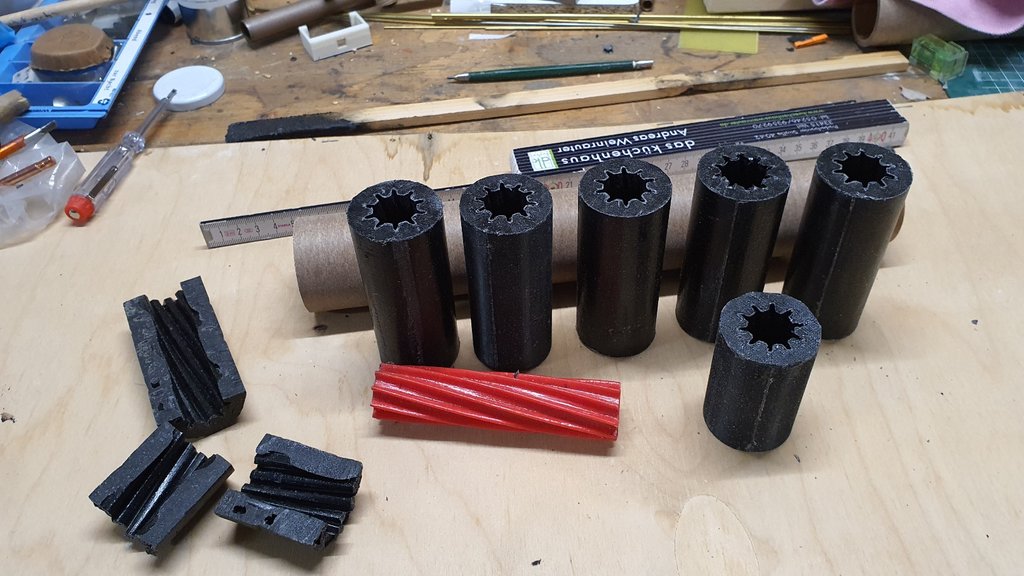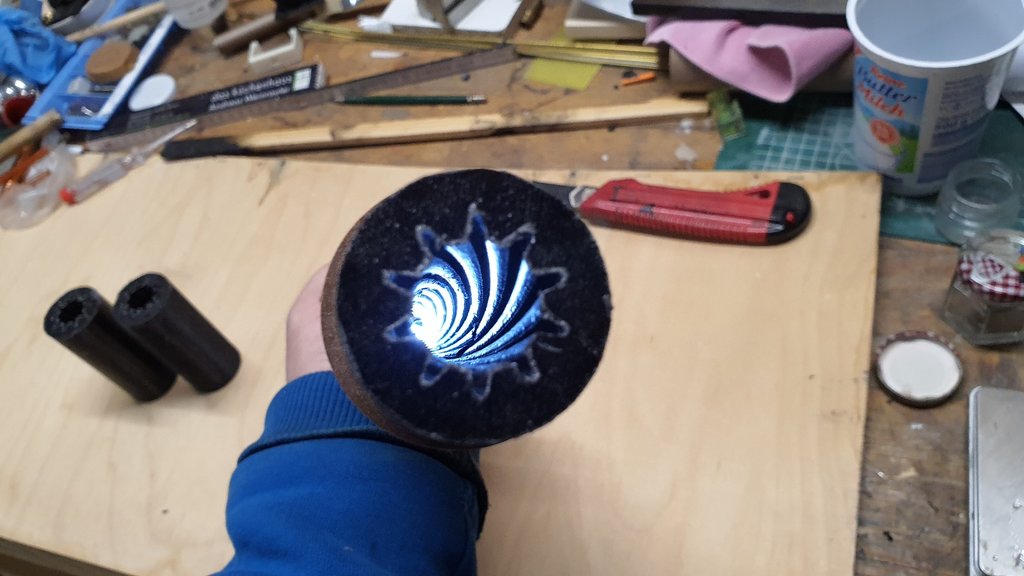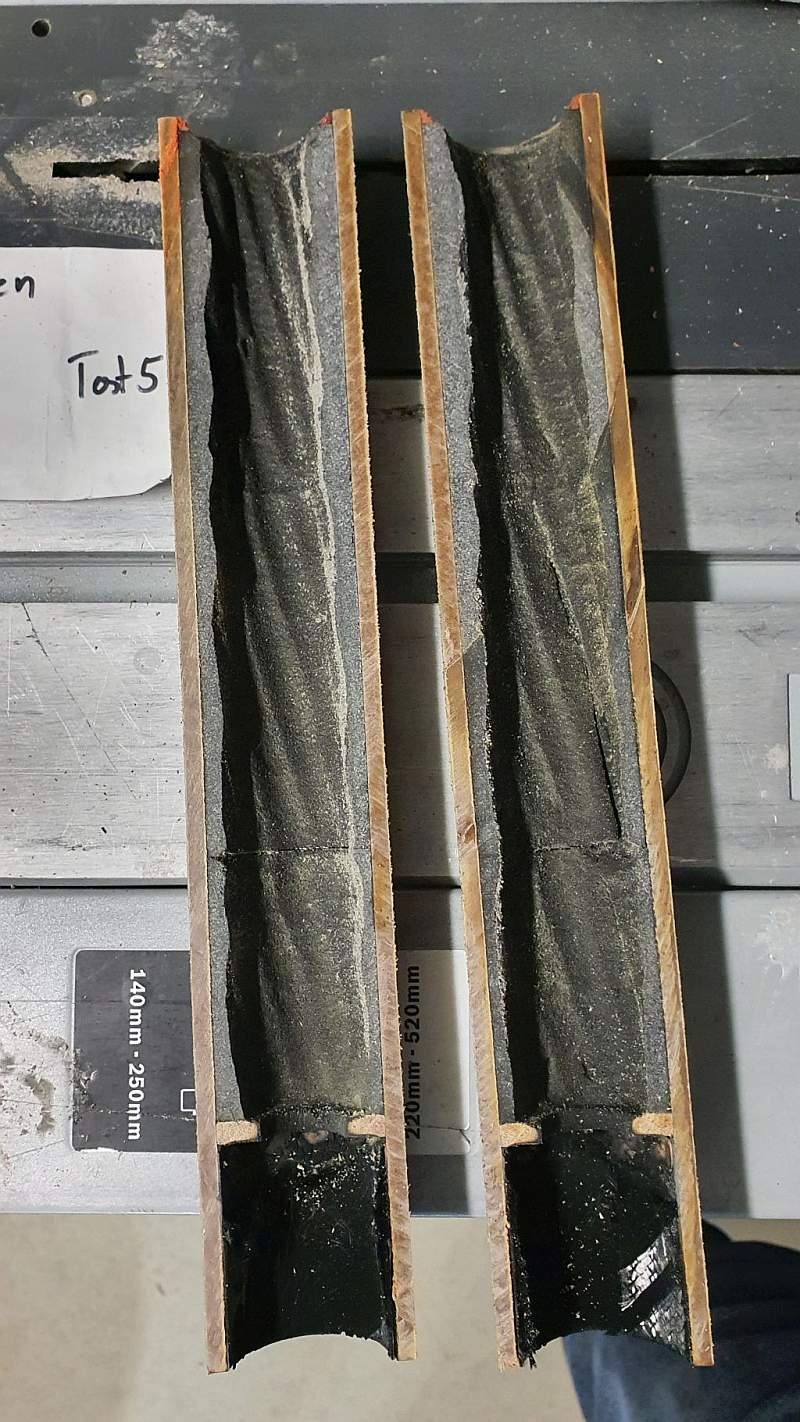Hello all, hope your are well,
I'm designing a hybrid rocket (slowly and step by step), and I would like to know this things : How to design the helical port of a Hybrid rocket ?
Once I'll have my regression rate, I would be able to determine the O/F reaction area.
And I guess that both canals have their middle at the center of radius (in order that the flamme touch the wall and the other helical port at the same time).
(Another thing I was thinking about is leaning inlets of GOX in order to improve the "vortex" along the helical port ?)
Those are important elements of helical canals but I need to determine other things, as the number of spire and the length or the diameter .
I'm designing a hybrid rocket (slowly and step by step), and I would like to know this things : How to design the helical port of a Hybrid rocket ?
Once I'll have my regression rate, I would be able to determine the O/F reaction area.
And I guess that both canals have their middle at the center of radius (in order that the flamme touch the wall and the other helical port at the same time).
(Another thing I was thinking about is leaning inlets of GOX in order to improve the "vortex" along the helical port ?)
Those are important elements of helical canals but I need to determine other things, as the number of spire and the length or the diameter .










